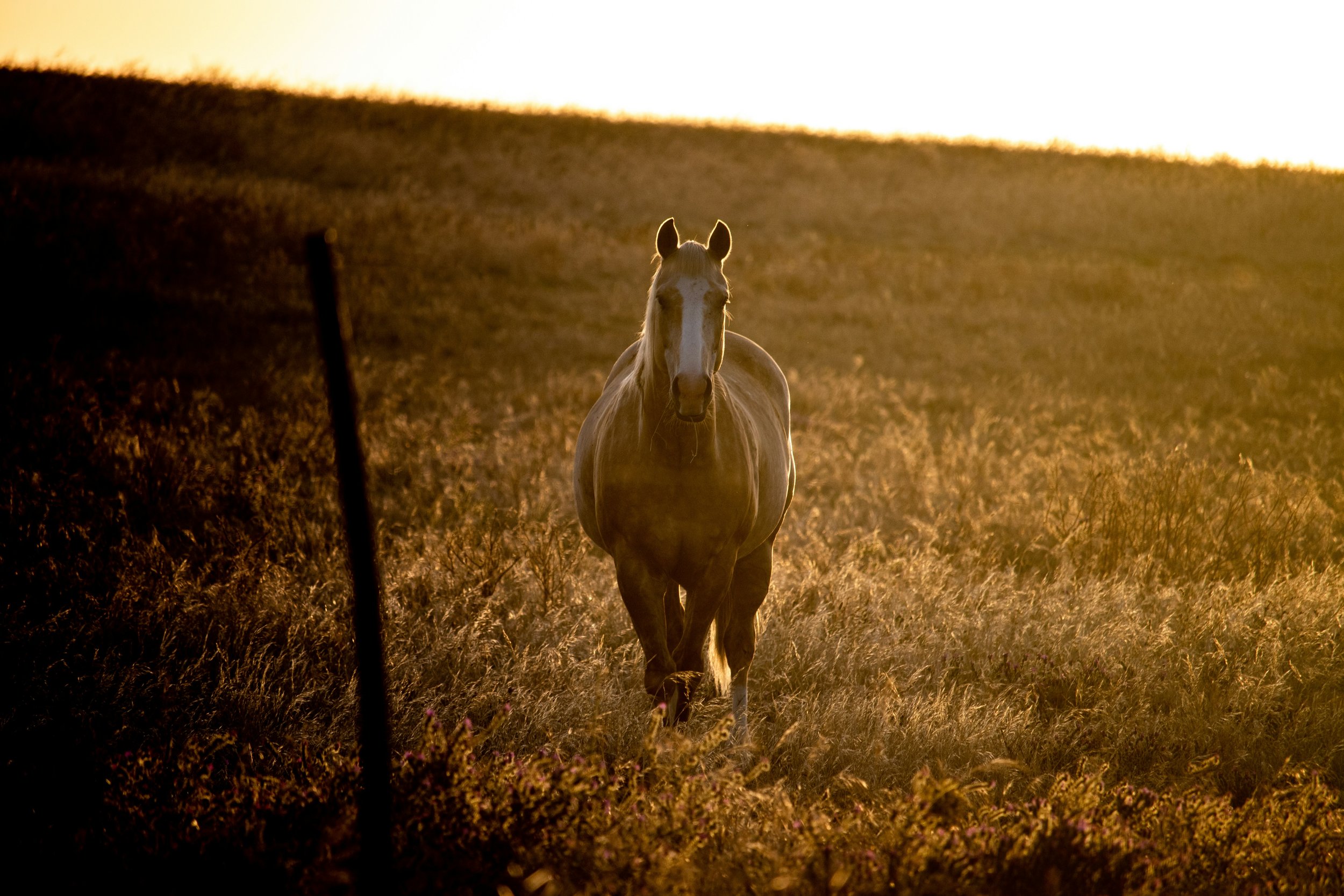
Equine Herpes Virus - EHV 1
The most common type of equine herpesvirus is EHV-1, and it causes several diseases in horses. The first is a respiratory disease often called rhinopneumonitis. It ranges in severity but general symptoms can include fever, lethargy, anorexia, nasal discharge, and cough. EHV-1 can also cause epidemic abortion in pregnant mares and weak foals that don’t survive long term. The third form is the one that has been the focus of recent outbreaks, which is neurologic disease also called Equine Herpes Myeloencephalitis or “neuro” herpes. Horses develop fevers first, then sometimes respiratory signs, and then weakness, toe-dragging, incoordination, changes in urination, recumbency, and even death. The only treatment is supportive care, and the virus can be deadly despite aggressive therapy.
With all of the hype surrounding EHV and recent outbreaks, what do you need to know?
So far this year, several horses have contracted the neurologic form of EHV-1 in several states in the Midwest. Michigan, Illinois, and recently Iowa are the closest states to Indiana with confirmed cases, but horses in Indiana have likely been exposed through showing and other equine traffic. Highly contagious equine herpesvirus is spread through nasal secretions from infected horses and through contact with infected fetal fluid/tissue. Spread can occur through direct nose to nose contact, virus aerosolization, or indirect contact with contaminated objects. Once a horse is infected, the virus remains in the body permanently, even after outward signs resolve. These horses are carriers and may begin shedding the virus again during times of stress, infecting horses in closed populations. There is no vaccine proven to be effective against the neurologic form of EHV-1, but studies have shown that frequent vaccination may provide some cross-protection. Vaccination is also extremely important to lessen the severity and spread of respiratory disease and prevent abortion caused by EHV-1. Immunity provided by vaccination is short-lived, so frequent vaccination of high risk horses (every 2-3 months) is recommended. These horses include:
· Performance and show horses
· Horses that travel frequently or are housed at facilities with frequent horse movement
· Pregnant mares
· Any horse in contact with pregnant mares or on breeding farms
· Foals around 4-5 months of age
The best way to prevent EHV spread is to limit horse-to-horse contact when possible and to be smart about quarantining and housing horses when exposure is unavoidable. Any horses that show signs of disease should be quarantined immediately and remain quarantined for 28 days after they test negative for the virus and clinical signs are gone. Horses that have been exposed should be quarantined for 28 days, as well. Other preventative measures include isolating new horses, disinfecting facilities between horses, and having personnel disinfect between handling different horses.


